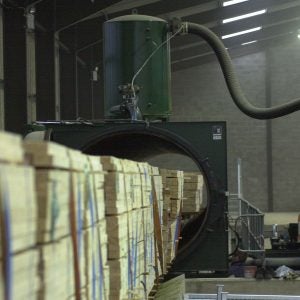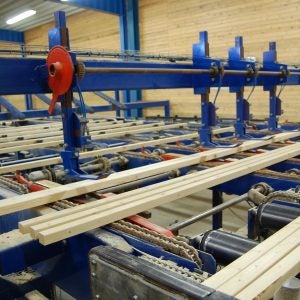Moves by the outgoing Clinton regime to halt old-growth logging in America’s national forests have caused anger in some sections of the US timber sector. But others claim the impact on the international trade will be limited and also that the Bush administration may amend or even reverse the proposed measures.
The new ruling, issued by Clinton’s Forest Service chief Mike Dombeck, is designed to put the oldest and biggest trees in national forests off limits. One report said this could reduce the amount of harvestable timber in these areas by up to 50%.
Following an earlier ruling from President Clinton stopping new road building in 60 million acres of national forest, the initiative was described by industry spokesperson Michael Klein as ‘essentially making the national forest system off limits to commercial logging’.
Jerry Hingle, director of international markets at the Southern Forest Products Association, said: ‘The industry, particularly in the west, is concerned that this is going to take an awful lot of material off the market.’
Another industry commentator, however, questioned whether the ruling would have a marked effect, given that timber cut on federal land had already fallen from 12 billion bd feet to 3 billion since 1989 and that old-growth timber now accounted for just 3% of the national forest area.
‘You also have to remember that national lands are not the industry’s sole source of timber – 43% of US softwood forestry is owned by the timber com-panies themselves, with the rest divided between national, state and private ownership,’ he said. ‘The impact on hardwoods will be less still, as 73% of hardwood forest is privately owned.’






